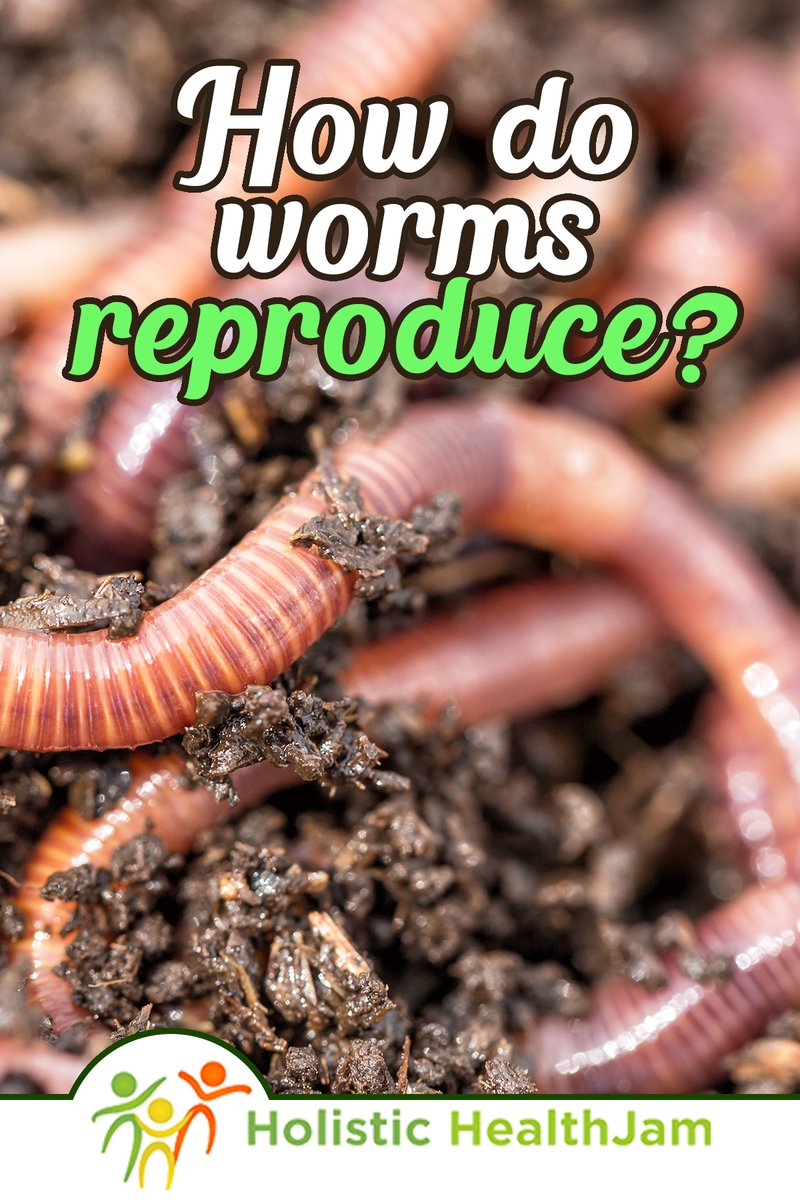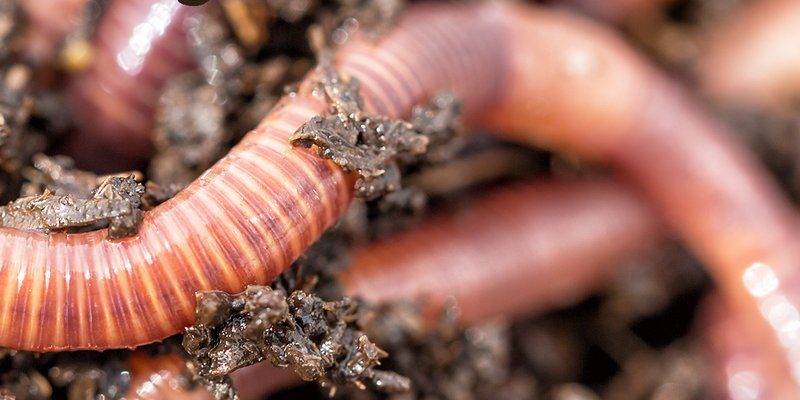
Introducing earthworms to your garden can be a bit like inviting a friend over to your house. You wouldn’t just drop them off without considering if they’ll fit in, right? The same goes for earthworms. While they can greatly benefit your soil, it’s essential to understand the nuances of introducing them to a new space. So, let’s dig into this topic and see what you need to know!
Why Earthworms Matter for Your Garden
Earthworms are often called *nature’s tillers*. They break up compacted soil and create air pockets, which helps plant roots breathe and absorb nutrients. This process is like them giving your garden bed a gentle massage, promoting healthy growth.
But that’s just scratching the surface (pun intended)! Earthworms also consume organic matter, such as decaying leaves and grass. As they digest this material, they produce nutrient-rich castings, which are basically their poop. And guess what? Those castings are like gold for your plants, packed with valuable nutrients. This natural fertilizer helps improve soil structure, moisture retention, and overall fertility.
You might be surprised to learn that earthworms can even help with pest control. Some studies suggest that the presence of earthworms can reduce harmful nematodes. So, by fostering an army of earthworms, you’re also boosting your garden’s defenses against pests!
How to Introduce Earthworms to New Garden Beds
So, you’ve decided you want to introduce earthworms to your new garden bed. Great choice! Here’s how to do it right:
1. **Choose the Right Type of Earthworm**: Not all earthworms are created equal. For your garden, you want to look for *red wigglers* (Eisenia fetida) or *composting worms*. These guys thrive in rich organic matter and are typically better for garden beds than their larger counterparts, like *nightcrawlers*.
2. **Prepare Your Garden Bed**: Before introducing these little helpers, make sure your garden bed is ready. Turn the soil to loosen it up and mix in plenty of organic matter, like compost or well-rotted manure. This not only provides food for the worms but also creates a welcoming environment for them.
3. **Introduce the Worms**: Once your bed is prepped, you can add the earthworms. Simply sprinkle them across the surface and let them burrow down on their own. They’ll appreciate the chance to explore their new home!
What Happens After Introducing Earthworms?
Now that you’ve welcomed these little guys into your garden, you might be wondering what to expect. Earthworms will start making themselves at home pretty quickly. They’ll begin aerating the soil and enriching it with their castings.
But here’s the thing: it might take a little time for them to really get going. You won’t see immediate results in your plants’ growth overnight. Instead, think of it as a slow and steady transformation. Over weeks and months, you’ll notice healthier plants and improved soil quality.
Also, keep in mind that earthworms are sensitive to their environment. If your garden bed becomes too dry or too wet, you might find them moving on to greener pastures. To keep them happy, water your garden consistently but avoid waterlogging.
Signs of a Healthy Earthworm Population
So, how do you know if your earthworm introduction is a success? Here are some signs to look out for:
– **Increased Soil Activity**: If you notice more earthworm activity, like visible castings on the surface or worms themselves when digging, that’s a good sign!
– **Healthy Plant Growth**: As your soil improves, you should see your plants thriving. Look for strong root systems and vibrant leaves.
– **Earthy Smell**: Healthy soil often has a rich, earthy smell due to the organic material being broken down. If your garden has that fresh scent, it’s a positive indicator.
Remember, creating a thriving garden ecosystem takes time, but the results will be totally worth it.
Common Mistakes When Introducing Earthworms
Even though adding earthworms to your garden can be beneficial, there are some common missteps to avoid:
– **Overcrowding**: Don’t dump a whole bucket of worms into your garden at once. Introducing them gradually helps prevent overcrowding and ensures they can find enough food.
– **Ignoring Soil Conditions**: Earthworms thrive in specific conditions. If your soil is too acidic or alkaline, or if it lacks organic matter, consider adjusting those factors before introducing worms.
– **Using Chemicals**: If you’re using pesticides or chemical fertilizers, be aware they can harm earthworms. For a successful garden, aim for organic practices that promote their well-being.
The Benefits of a Thriving Earthworm Population
When you introduce earthworms to new garden beds and nurture their growth, you’re not just helping the plants—you’re enhancing the entire garden ecosystem. Here are a few benefits to keep in mind:
– **Improved Soil Structure**: Earthworms create channels in the soil, allowing water and air to reach plant roots more effectively. This significantly boosts the overall health of your garden.
– **Enhanced Nutrient Cycling**: With earthworms doing the heavy lifting, nutrients cycle more efficiently. This means your plants can access what they need to flourish.
– **Sustainable Gardening**: By fostering a natural ecosystem, you’re promoting biodiversity. This approach leads to a more resilient garden that can withstand pests and diseases.
Why Consider a Worm Bin Instead?
If introducing worms to your garden bed feels like a big leap, you might consider starting with a worm bin instead. Here’s why:
– **Controlled Environment**: A worm bin allows you to manage conditions like temperature and moisture more effectively, leading to a healthier worm population.
– **Easy Composting**: You can compost kitchen scraps easily, turning waste into nutrient-rich worm castings for your plants.
– **Educational Experience**: Setting up a worm bin can be a fun project for families or schools, teaching kids about composting, sustainability, and science.
Final Thoughts on Introducing Earthworms
Incorporating earthworms into your new garden bed is a fantastic way to boost soil health and plant growth. By understanding their needs, preparing the right environment, and avoiding common pitfalls, you can create a thriving ecosystem that benefits both your garden and the earthworm population.
So, if you’re ready to roll up your sleeves and dig in, go ahead—your plants (and the earthworms) will thank you for it! Happy gardening!

